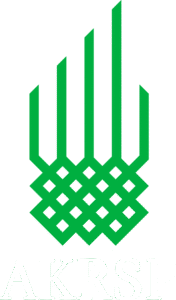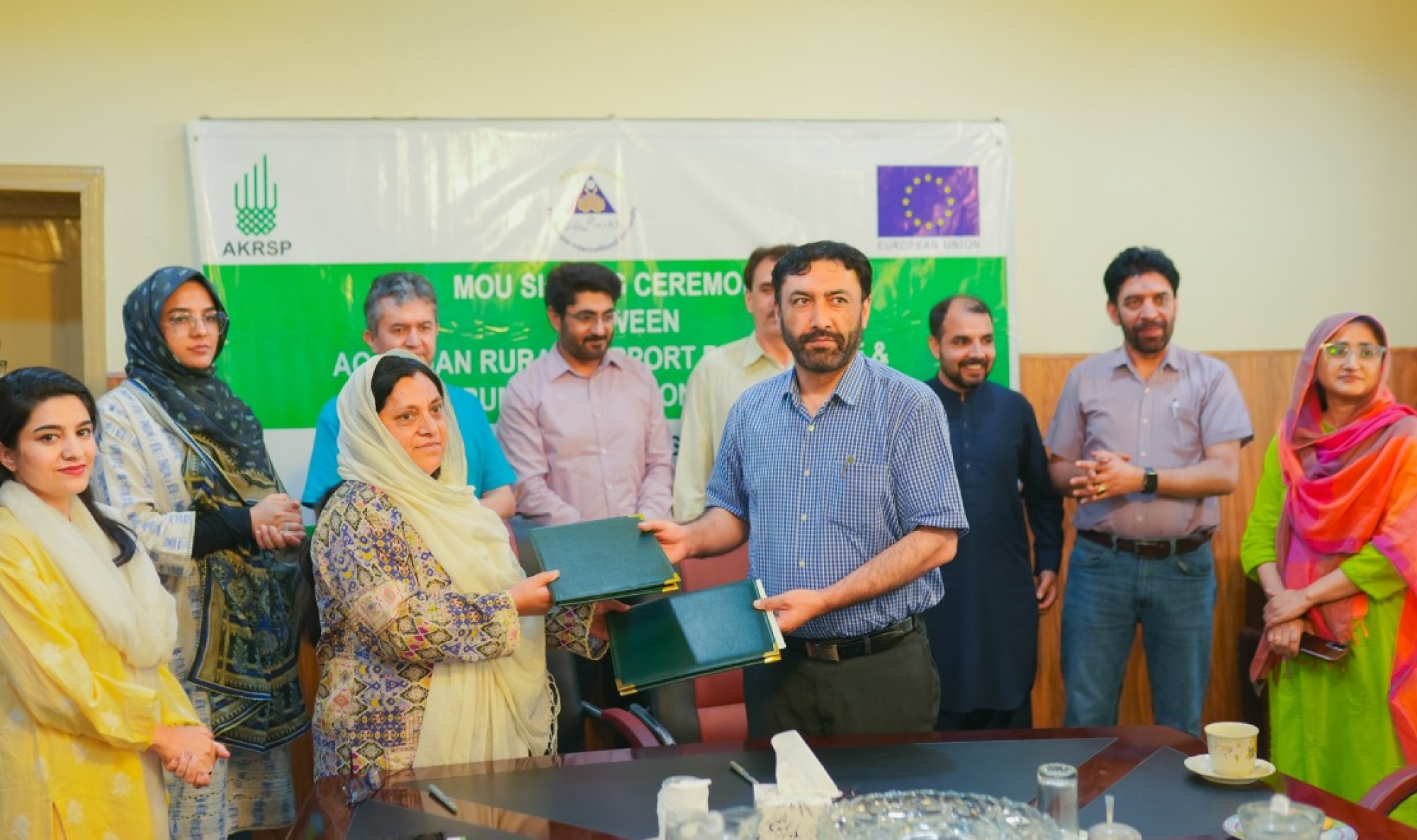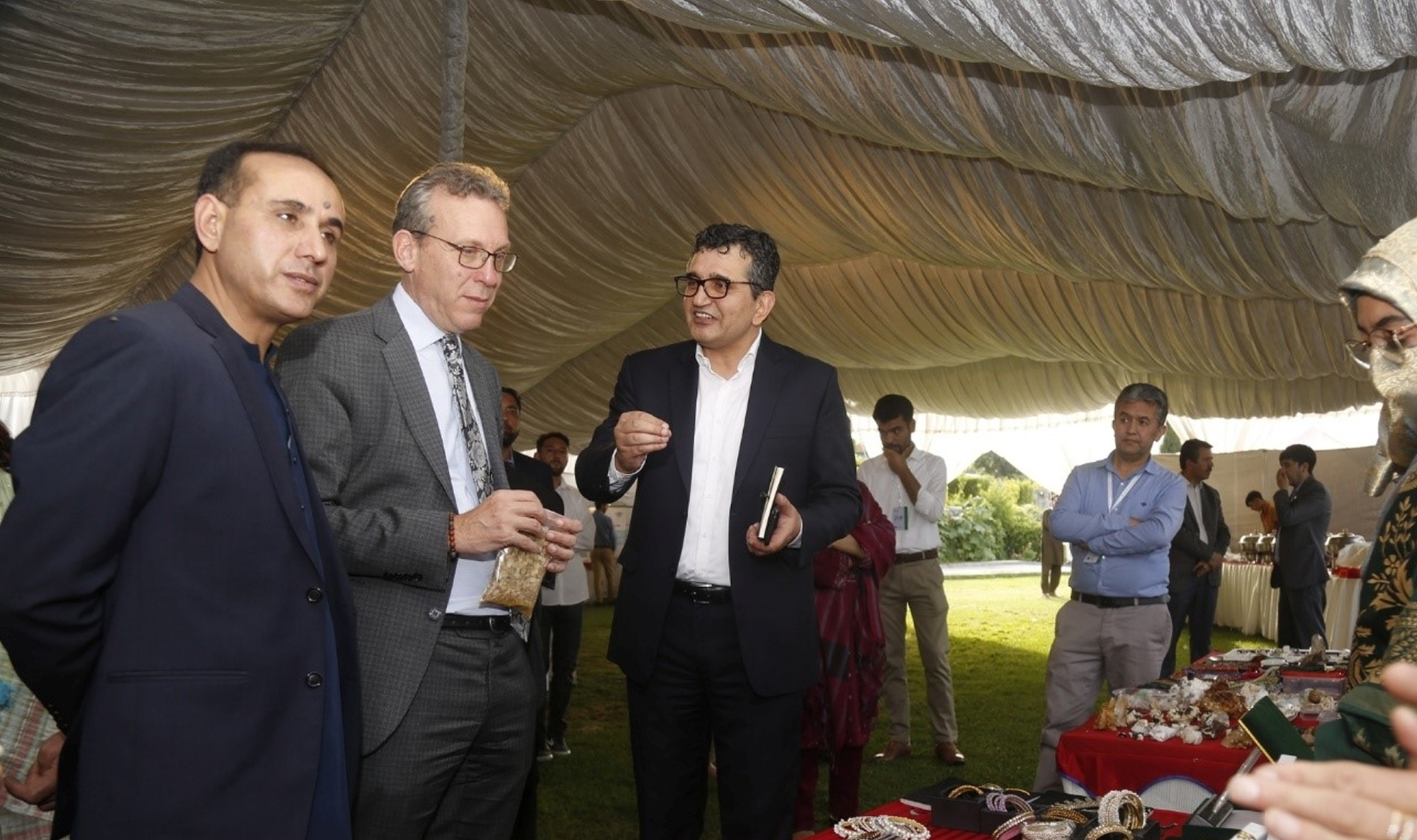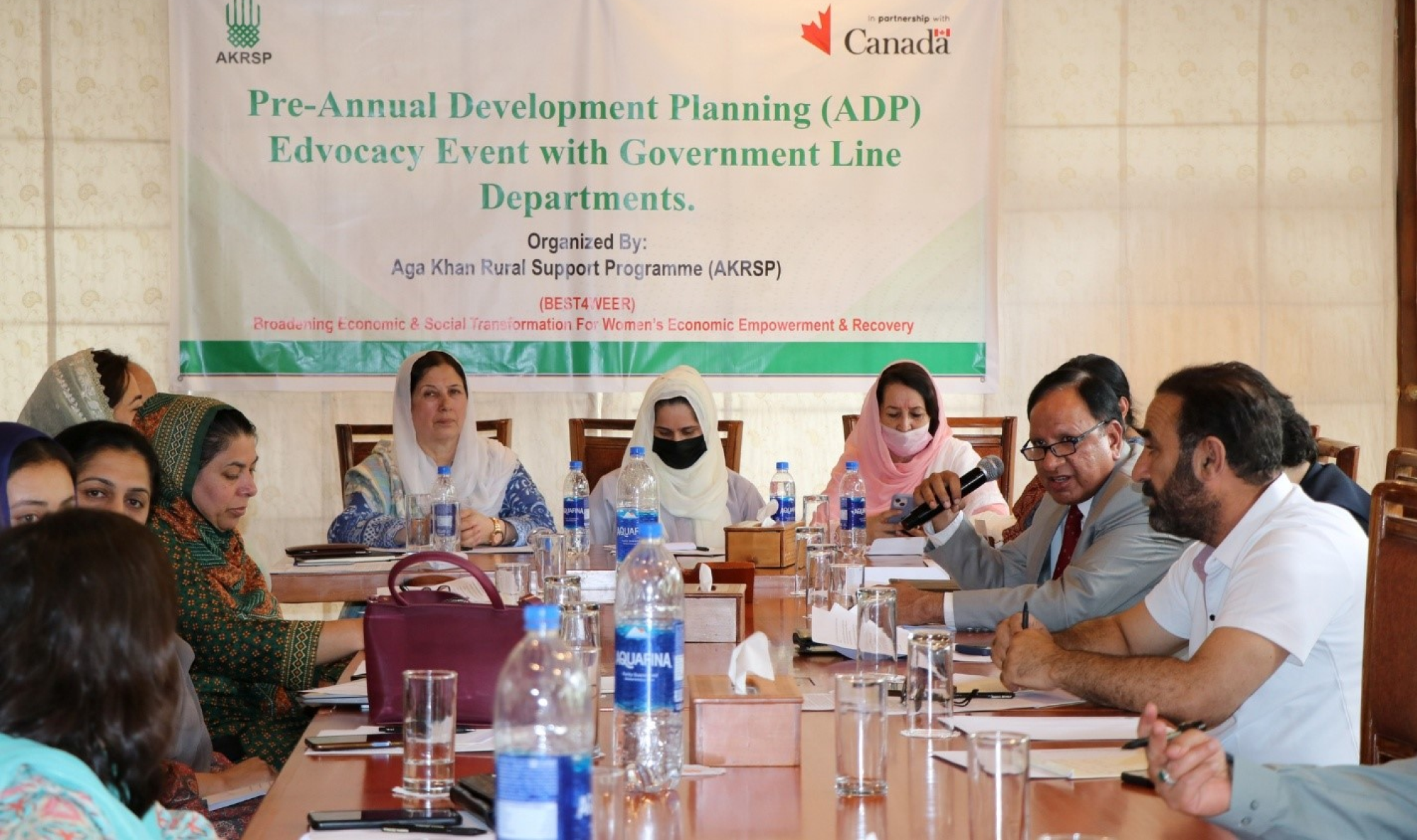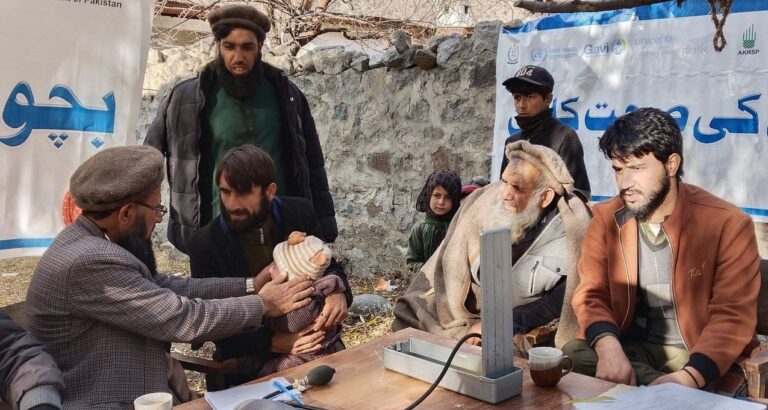
Health & Nutrition
Health and Nutrition
Thematic Goal
To promote social and behavioural changes related to maternal and child health, balanced nutrition, and the mental and physical development of adolescents, with the support of government institutions and civil society.
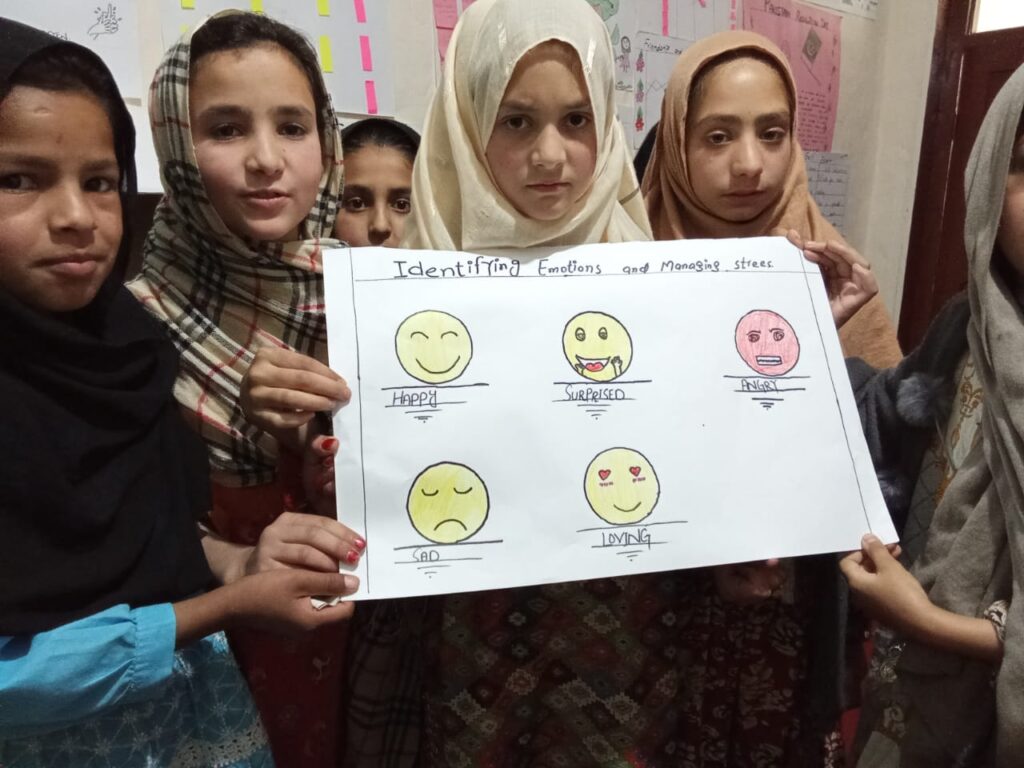
The Context
Addressing health and nutrition challenges in AKRSP’s programme area is essential for improving the well-being of vulnerable populations, particularly children, adolescents, and pregnant women. While the Aga Khan Development Network (AKDN), through its specialised agencies, has made commendable progress in these areas, many communities in AKRSP’s programme areas continue to face a complex mix of challenges—ranging from high disease burdens and undernutrition to limited access to quality healthcare and poor health literacy.
The Gilgit-Baltistan and Chitral region bear a disproportionate burden of both communicable and non-communicable diseases, with widespread malnutrition, fragile health infrastructure, and chronic shortages of trained health professionals. These factors contribute to concerning health indicators: under-five mortality stands at 92 per 1,000 live births, stunting affects 46.6% of children (well above the national average of 40.2%), and only 39% of children between 12–23 months are fully immunised. Meanwhile, antenatal care coverage remains suboptimal at 72.5%, and just over half of women are protected against neonatal tetanus.
The region is also experiencing a demographic shift marked by a growing youth population. Yet, adolescents have limited access to essential services such as reproductive healthcare, psychosocial support, and recreational or economic opportunities.
Key Intervention Areas

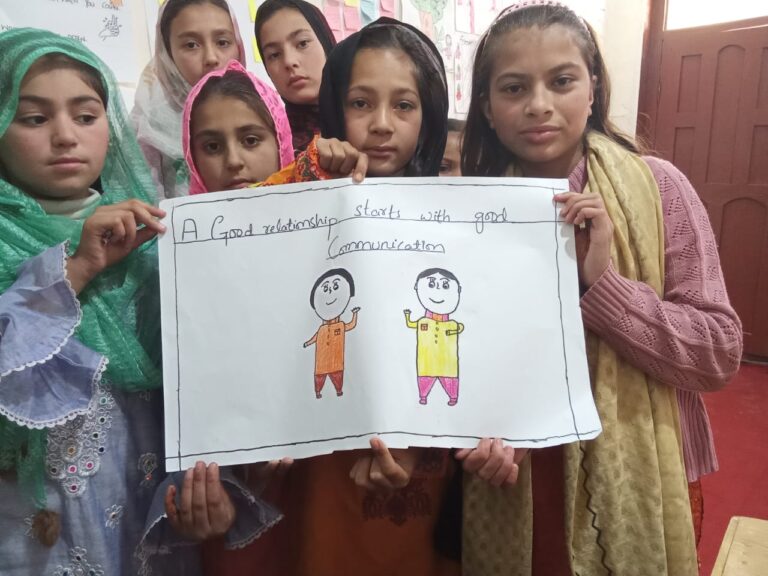
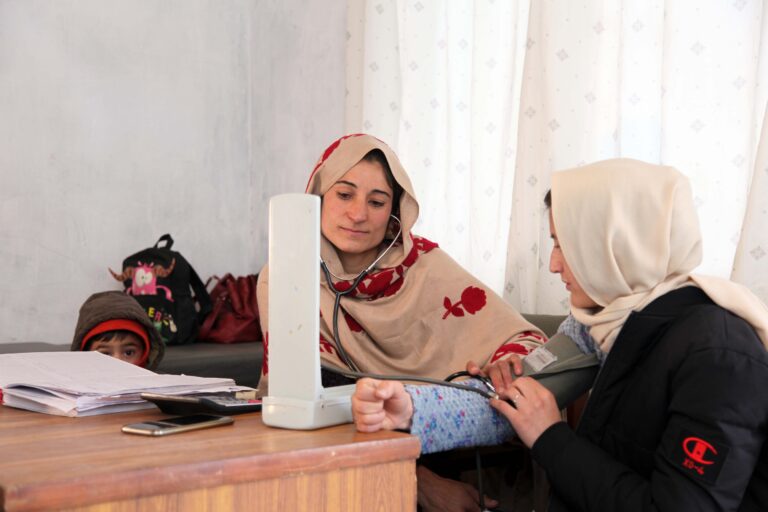
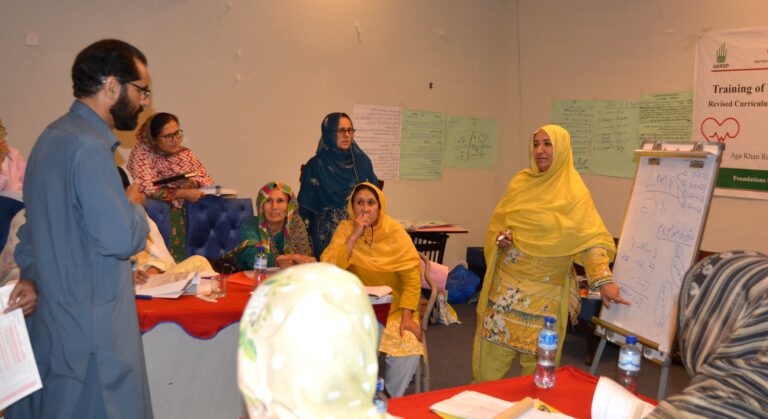
Achievements & Impacts:
40,731
Reached/Benefited from health and nutrition progarmmes
1,048
Healthcare Professionals & Facilitators Trained
356
Adolescent Friendly Spaces (AFSs)
12,000
Adolescents Enrolled in AFSs
13,383
Adolescents and caregivers Reached Through Mental Health Sessions
6,200
Reached through Reproductive Health Sessions
8,100
Caregivers Reached Under Immunisation Campaigns
